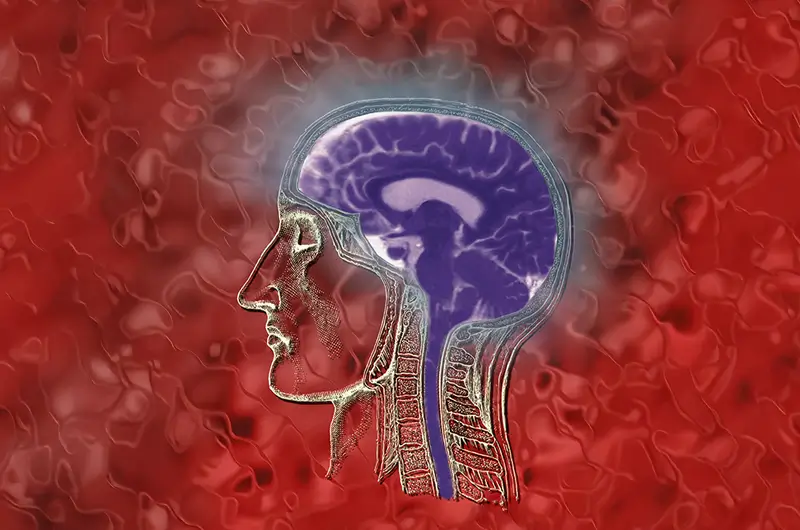Meningitis is inflammation of the meninges – the fluid and membranes surrounding the brain and spinal cord. There are different types of meningitis such as viral, bacterial, chemical and fungal. Viral meningitis is the most common type followed by bacterial meningitis. Treatment for meningitis depends on the symptoms and severity of infection. Timely treatment can help prevent serious complications. For correct clinical documentation of the condition, physicians can consider utilizing medical billing services.
According to reports from the Confederation of Meningitis Organizations (CoMO), meningitis causes about 2, 30,000 deaths every year and leaves 5,00,000 people with lifelong disability every year. Even though the condition can affect anyone but infants, young children, adolescents and older people are at the highest risk.
Symptoms and Diagnosis
Meningitis is caused when a bacterium, fungus, parasite or virus enters the body via the bloodstream, nerve endings, or even a dormant reactivation in the nervous system and reaches the brain or spinal cord. Mild types of meningitis usually improve without treatment within a few weeks. As the condition can progress quickly, correctly diagnosing and treating at an early stage it is crucial.
In the early stages, inflammation from meningitis may cause symptoms that mimic those of influenza. As the condition progresses and reaches an advanced stage, it can cause . headache, fever, a stiff neck, confusion or difficulty concentrating, seizures, nausea and vomiting, sensitivity to light, sleepiness and skin rashes. These symptoms can appear either suddenly or over a few days (normally about 3 to 7 days). A compromised immune system, age and skipping vaccination are risk factors for meningitis.
If left undiagnosed or untreated in the early stages, meningitis can cause serious, life-long threatening complications and even death. Diagnosis begins with a medical history review. Healthcare providers perform different tests to evaluate for signs of infection around the head, ears, throat and skin along the spine. Common diagnostic tests include – blood culture, and imaging tests such as computerized tomography (CT), magnetic resonance imaging (MRI) and X-rays of the chest or sinuses to identify the signs of infection. Treatment for meningitis will depend on the type of infection and whether it is acute or chronic. Common treatment modalities include antibiotics, corticosteroids, anticonvulsants, oxygen therapy, and sedatives.
Medical Codes for Meningitis
Infectious disease specialists and other physicians treating meningitis patients can rely on the services of professional medical billing companies for correct documentation of this condition. The ICD-10 and CPT codes for meningitis are listed below –
ICD-10 Codes
- G00 Bacterial meningitis, not elsewhere classified
- G00.0 Hemophilus meningitis
- G00.1 Pneumococcal meningitis
- G00.2 Streptococcal meningitis
- G00.3 Staphylococcal meningitis
- G00.8 Other bacterial meningitis
- G00.9 Bacterial meningitis, unspecified
- G01 Meningitis in bacterial diseases classified elsewhere
- G02 Meningitis in other infectious and parasitic diseases classified elsewhere
- G03 Meningitis due to other and unspecified causes
- G03.0 Nonpyogenic meningitis
- G03.1 Chronic meningitis
- G03.2 Benign recurrent meningitis [Mollaret]
- G03.8 Meningitis due to other specified causes
- G03.9 Meningitis, unspecified
CPT Codes
- 90619 Meningococcal conjugate vaccine, serogroups A, C, W, Y, quadrivalent, tetanus toxoid carrier (MenACWY-TT), for intramuscular use
- 90620 Meningococcal recombinant protein and outer membrane vesicle vaccine, serogroup B, 2 dose schedule, for intramuscular
- 90621 Meningococcal recombinant lipoprotein vaccine, serogroup B, 2 or 3 dose schedule, for intramuscular use
- 90644 Meningococcal conjugate vaccine, serogroups C & Y and Haemophilusinfluenzae type b vaccine (Hib-MenCY), 4 dose schedule, when administered to children 6 weeks-18 months of age, for intramuscular use
- 90733 Meningococcal polysaccharide vaccine, serogroups A, C, Y, W-135, quadrivalent (MPSV4), for subcutaneous use
- 90734 Meningococcal conjugate vaccine, serogroups A, C, W, Y, quadrivalent, diphtheria toxoid carrier (MenACWY-D) or CRM197 carrier (MenACWY-CRM), for intramuscular use
- 90734 Meningicoccal conjugate vaccine, serogoups A, C, Y and W-135 (quadtivalent), for intramuscular use (Menactra)
Maintaining a healthy lifestyle is important for people who are at high risk of developing meningitis. This includes – taking rest, quitting smoking, avoiding close contact with sick people, and washing hands frequently.
Medical billing and coding for meningitis can be complex, as there are several codes associated with the condition. By outsourcing these tasks to a medical billing company that offers the services of AAPC-certified coding specialists, healthcare practices can ensure correct and timely claim submission for optimal reimbursement.




